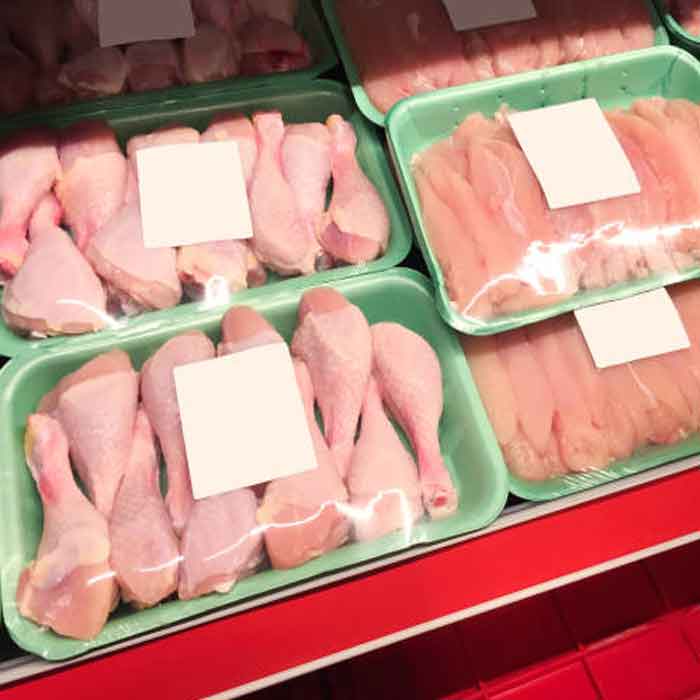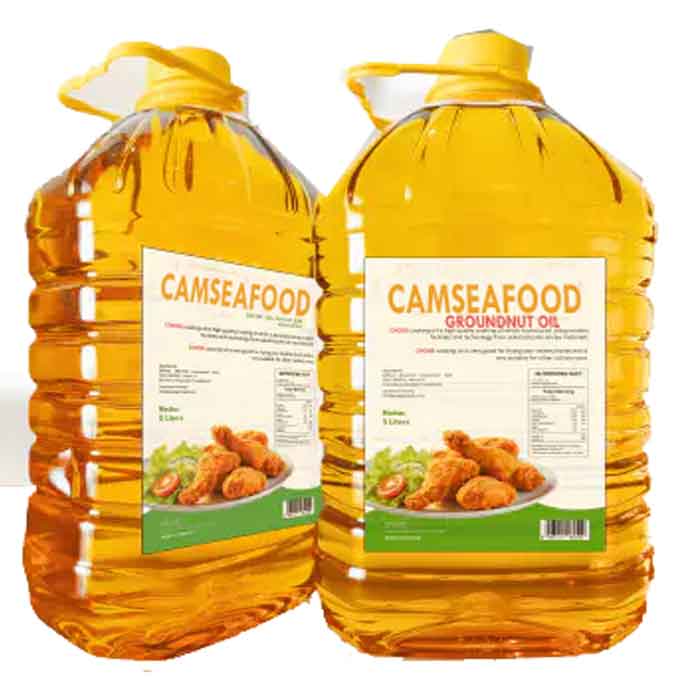Frozen Chicken

Frozen Chicken
$100
Description
Frozen chicken is chicken that has been preserved by freezing, typically at 0°F or below, to extend its shelf life and maintain freshness. It's a common item found in grocery stores and is used in various dishes after being thawed and cooked.
Pros of Frozen Chicken:
Cost-effective:
Frozen chicken is often cheaper than fresh chicken, making it a budget-friendly option, especially for buying in bulk, according to PAK'nSAVE.
Convenience:
It can be stored for longer periods and used as needed, offering flexibility for meal planning.
Reduced Spoilage:
Freezing significantly slows down bacterial growth, reducing the risk of spoilage and foodborne illnesses.
Cons of Frozen Chicken:
Texture and Flavor:
Some argue that frozen chicken can be less tender and flavorful than fresh chicken, though proper cooking techniques can mitigate this.
Potential for Freezer Burn:
Improperly packaged frozen chicken can develop freezer burn, which affects taste and texture but doesn't make it unsafe to eat, according to The Market Food Shop.
Water Retention:
Some frozen chicken may retain more water, which can impact the final dish's texture and moisture content, particularly when pan-frying or grilling.
Tips for Buying and Cooking Frozen Chicken:
Check for Quality:
Ensure the packaging is intact and free of damage or excessive ice crystals, which can indicate freezer burn, according to Crimson Coward.
Proper Storage:
Store frozen chicken at 0°F or below and ensure it's well-sealed to prevent freezer burn.
Safe Thawing:
Thaw frozen chicken in the refrigerator, in cold water (changing the water every 30 minutes), or in the microwave, says Tyson Brand.
Cook Thoroughly:
Ensure the internal temperature reaches 165°F (74°C) for safe consumption.
Consider Different Cooking Methods:
Frozen chicken can be cooked in various ways, including baking, grilling, pan-frying, and air frying.



